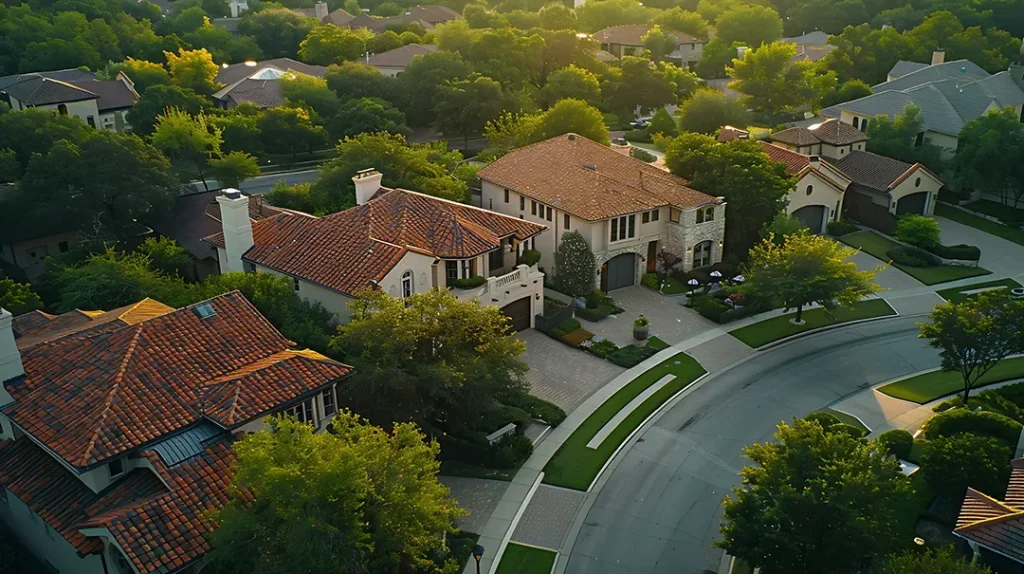A Complete Guide to Private Residence Relief (PRR)
Private Residence Relief (PRR) is a crucial tax relief provision that allows individuals to reduce or eliminate Capital Gains Tax (CGT) when selling their main residence. This relief is designed to ensure that people who are selling their primary home to buy another of similar value are not subject to CGT on the proceeds. It acknowledges that the increase in property value often results from market appreciation, not active investment, and aims to shield homeowners from being taxed on these gains.
Who Can Benefit from PRR?
PRR applies when a person disposes of a property, including up to half a hectare of land, that has at some point been their only or main residence. Full relief is typically granted if:
- The property has been your main residence throughout the ownership period.
- You haven’t been absent, apart from allowed periods of absence, or you lived in job-related accommodation during ownership.
- The garden and grounds (including buildings) are equal to or smaller than the permitted area.
- No part of the property has been used exclusively for business purposes during the ownership period. If you worked from home in a room that had non-business uses as well, this won’t affect your entitlement to full relief.
Certain rules and conditions must be followed to qualify for Private Residence Relief.
Period of Ownership and PRR
The period of ownership refers to the duration you have owned the property, which includes both actual and deemed periods of occupation.
Actual Occupation
This is the time when you physically lived in the property as your main residence.
Deemed Occupation
This refers to periods when you’re considered to have occupied the property as your main residence, even if you weren’t living there at the time. These periods include:
- The last nine months of ownership (always exempt if the home was your main residence at any time).
- Any period spent living overseas due to employment.
- Up to four years of absence while working elsewhere in the UK (either as an employee or self-employed).
- Up to three years of absence for any reason.
To qualify for deemed occupation, absences listed in points 2-4 must be followed and preceded by periods of actual occupation. However, if your employer required you to work elsewhere immediately after your absence, you don’t need to return to live in the property to qualify under points 3 and 4. These rules also apply to your spouse or civil partner’s employment.
PRR for Non-UK Residents
Non-UK residents can also claim PRR on gains from selling UK residential property. While the rules are generally the same as for UK residents, non-UK residents must meet an additional condition for “non-qualifying tax years.” To qualify, they must spend at least 90 days in the property during the tax year. If this condition is met, the year will count toward PRR; otherwise, it won’t. These 90 days don’t have to be consecutive.

Business Use of the Property and PRR
If a part of your property is used solely for business purposes, that portion will not qualify for PRR and will be taxable. There is no deemed occupation relief for the business-used part. However, if the part used for business was also your main residence at any point, the exemption for the final nine months applies to the entire property. But, if the part was always used for business, it does not benefit from the nine-month exemption.
Example
Roman, a UK resident, sold his main residence on 4 September 2023 for £580,000. He originally bought the house on 9 April 2011 for £250,000. The house has five rooms, with one room always used for business. The total gain is £330,000 (£580,000 – £250,000). Since 1/5 of the property was used for business, Roman can only claim PRR on 4/5 of the house, equating to £264,000.
Conclusion
Private Residence Relief is a valuable tool for reducing tax liability when selling a primary residence. Homeowners should be aware of the rules regarding eligibility, periods of ownership, and any business use of the property to fully benefit from this relief. Consulting a tax advisor or accountant can help ensure compliance with HMRC regulations and maximize potential tax savings.
You can use our simple Private Residence Relief Calculator for your PRR claim. Or reach out to us for assistance with your PRR claim. Absences of up to four years due to employment in a different part of the UK, whether self-employed or employed, are allowed. Additionally, up to three years of absence for any other reason is also permissible.